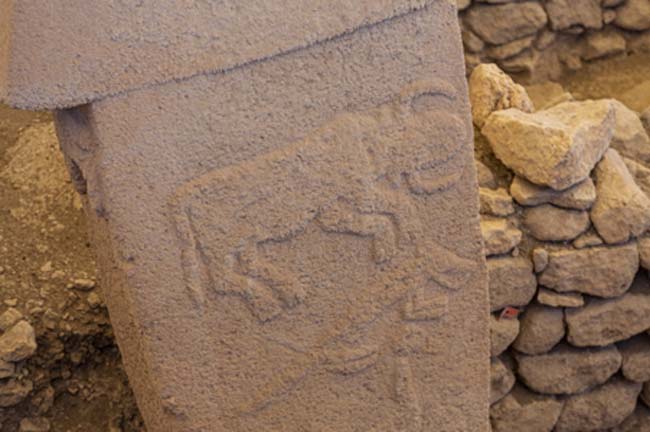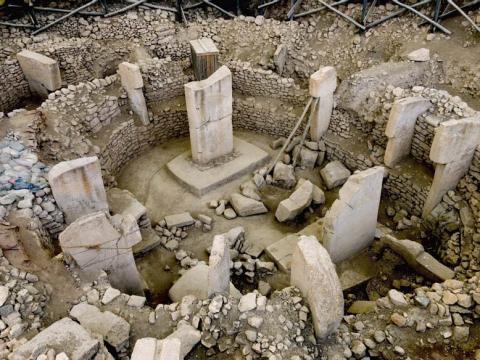On a windswept hilltop located six miles from Şanlıurfa– known in ancient times as Edessa – an American team, in collaboration with Istanbul University, carried out a survey in the early 1960s. They were examining sites across south-east Turkey to investigate the transition from hunting and gathering to the beginnings of farming.
The team observed broken slabs of limestone, flint artifacts, and fragments of sculpted stones scattered across the surface of the site. They had no idea at the time just how immensely significant the location really was.
Fast forward three decades.
The late German archaeologist Karl Schmidt had just completed his excavations of the Early Neolithic settlement of Nevali Çori in Şanlıurfa and was on the lookout for a new site with which to focus his attention. He scoured the reports of Braidwood and Çambel and came upon a reference to a stone-littered hilltop and, curious as to its origins, he decided to go there himself. In 1994, he made his first visit. From the moment he spotted the mound, which rises 50 feet above the surrounding landscape, he knew it was extraordinary.
“Only man could have created something like this,” he said. “It was clear right away this was a gigantic Stone Age site.” Schmidt noticed all the tell-tale signs that something massive was hidden beneath the hill.
“Within a minute of first seeing it I knew I had two choices,” said Schmidt “go away and tell nobody, or spend the rest of my life working here.” He chose the latter.
The site, which we know today as Göbekli Tepe, occupied Schmidt for the rest of his working life, until his sudden and unexpected death in 2016.
Monumental Constructions Emerge from the Dust
In 1996, the first excavations began. Only inches beneath the surface, the team struck the top of a carved T-shaped monolithic pillar. Then another, and another, each weighing several tons and ranging in height from 7 to 20 feet. They formed large circular enclosures with a pair of pillars towering over the rest.
For reasons that remain unexplained to this day, the enclosures had been intentionally and rapidly buried. Eventually, another enclosure was built nearby or on top of the old one, and over the centuries, these layers formed the hilltop that Schmidt had immediately recognized as being man-made.

Gobekli Tepe Turkish for "Potbelly Hill". This pillar shows a horned bull. (Mehmet/Adobe Stock)
The pillars are decorated with reliefs, some depicting animals, others with symbols such as crescents, discs, and antithetic motifs. Some of the pillars have arms and hands and appear to depict human-like beings. So far, only one acre has been excavated. Schmidt said archaeologists could dig for another 50 years and still barely scratch the surface of this immense site.
The real surprise came when its true age was established. The oldest section dates back an incredible 11,500 years – that’s 7,000 years before the pyramids of Giza and 6,500 years before the emergence of civilization in Mesopotamia.
But Göbekli Tepe was no village. In fact, not a single trace of habitation has been found in the area – no houses or domestic buildings, no hearths or cooking areas, no water source or traces of agriculture and no tombs. According to Schmidt, this can lead to only one conclusion – Göbekli Tepe belonged to the religious sphere. It was a place of worship on an unprecedented scale, and the first the world had ever seen.
Top image: The ruins of Gobekli Tepe, an archaeological site in the Southeastern Anatolia Region of Turkey approximately 12 km northeast of the city of Şanlıurfa. (Brian Weed/Adobe Stock)




